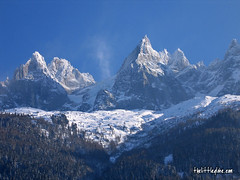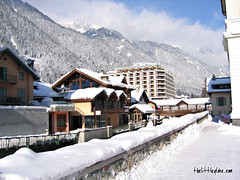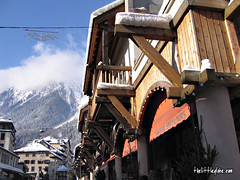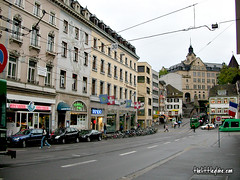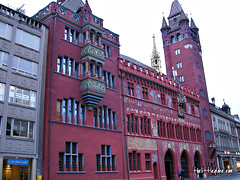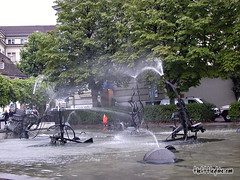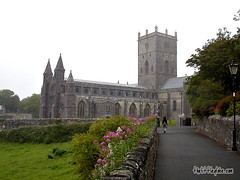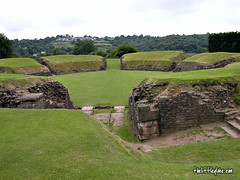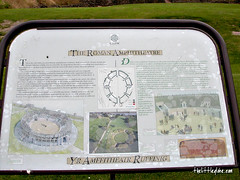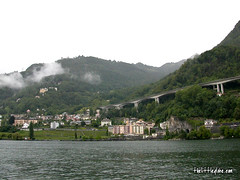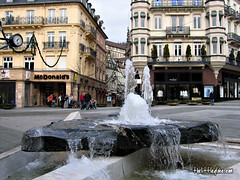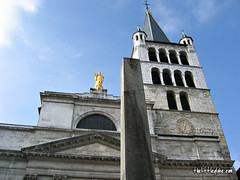 Paris to Annecy in less than four hours, TGV is impressive. That made it possible to visit a friend of mine in Annecy for the weekend. After meeting up with my friend at the train station, we grabbed some croissants from a shop for breakfast and dicussed where to visit for the two days. The plan was: Day 1 - visit Chamonix and Day 2 - visit Annecy old town in the morning and a nearby village Le Grand Bernand in the afternoon.
Paris to Annecy in less than four hours, TGV is impressive. That made it possible to visit a friend of mine in Annecy for the weekend. After meeting up with my friend at the train station, we grabbed some croissants from a shop for breakfast and dicussed where to visit for the two days. The plan was: Day 1 - visit Chamonix and Day 2 - visit Annecy old town in the morning and a nearby village Le Grand Bernand in the afternoon.It was Sunday morning when we strolled around the Old Town of Annecy. We started at the square in front of the Old Town Hall and
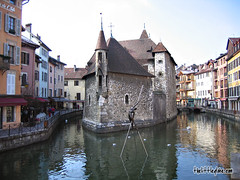 Church of Notre-Dame de Liesse. Rambling through the town, with a local resident leading the way I hardly had a chance to find out where I was going, being too dependent this time.
Church of Notre-Dame de Liesse. Rambling through the town, with a local resident leading the way I hardly had a chance to find out where I was going, being too dependent this time.The Old Town Hall is a 14th century building with yellow façade that formerly housed the administrations of the town council. The adjacent Notre-Dame de Liesse has a neo-classical façade and a Romanesque bell-tower.
Through the narrow street we came to the Thiou quay, a very attractive sight running along
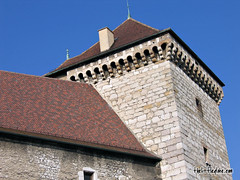 the waterway. This is one of the main sights for the tourists, residents and artists in Annecy. The Palais de l'Ile, a former prison that was built on a diamond-shaped “island” in the middle the Thiou Canal connected by two bridges to both the banks. Not far away, there are the 15th century Church of St. Maurice and the 17th century Church of St. Francis.
the waterway. This is one of the main sights for the tourists, residents and artists in Annecy. The Palais de l'Ile, a former prison that was built on a diamond-shaped “island” in the middle the Thiou Canal connected by two bridges to both the banks. Not far away, there are the 15th century Church of St. Maurice and the 17th century Church of St. Francis.The Castle of Annecy is located to the south of the quay. This former residence of The Counts of Geneva is
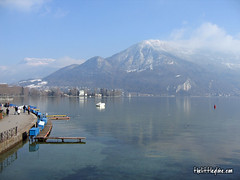 the landmark of Annecy.
the landmark of Annecy.From the castle, via the Perrière Gate we returned to the Thiou quay. It was a nice walk then from the quay to the port on Annecy Lake. The scenery along Quai Nepoleon III in Jardin de l’Europe is spledid with the view of the port, the Castle, snow capped mountain and the lake. I really wish I had more time for all these. Maybe one day I will go back to Annecy.
